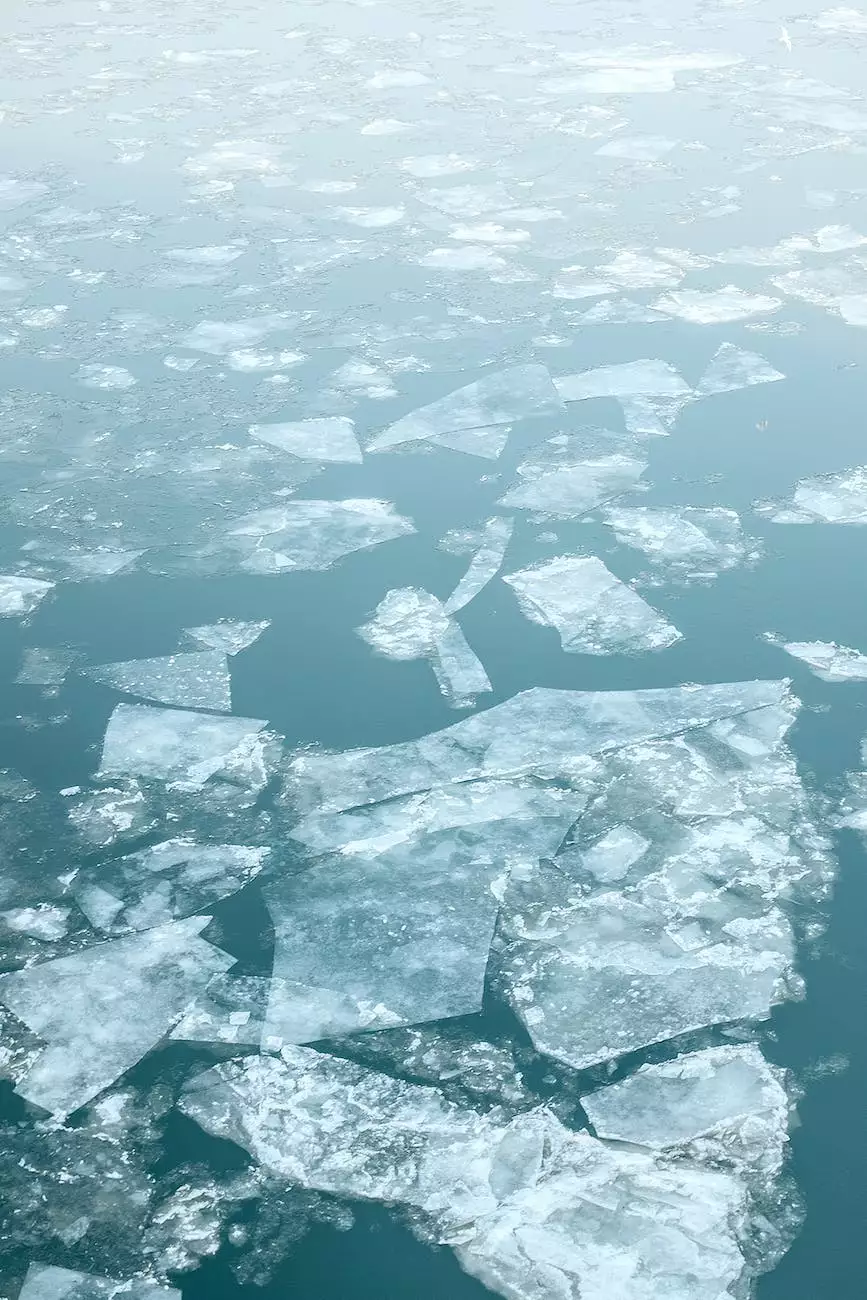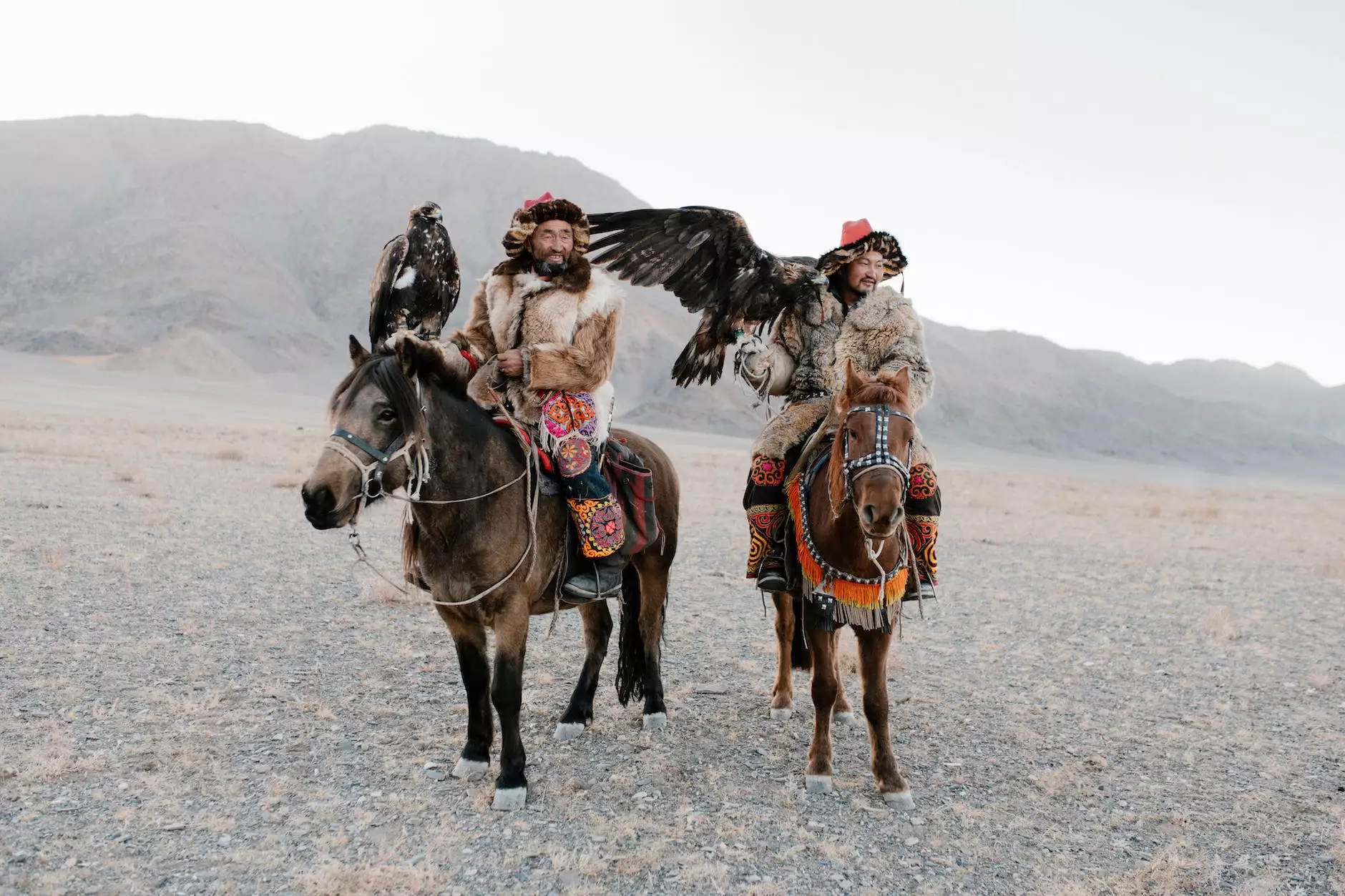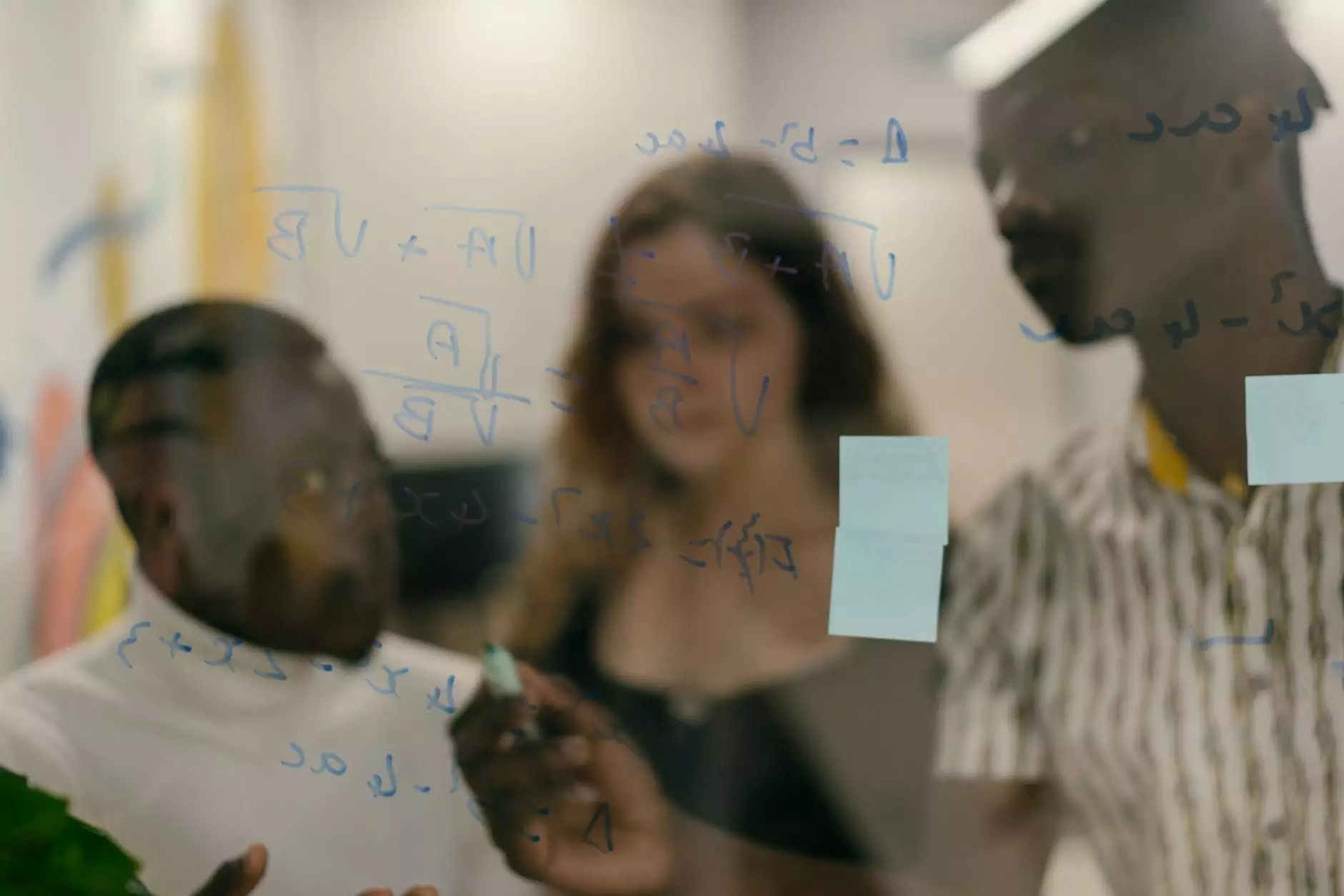Melting Snowmen Investigation
Book Reports
The Science of Melting Snowmen
At The Knowledge Nest, we understand the importance of hands-on learning experiences. Our Melting Snowmen Investigation is an exciting activity that combines science, creativity, and critical thinking.
Introduction
What happens when a snowman starts to melt? How does the environment and various factors affect the rate at which a snowman melts? In this investigation, we dive into the science behind melting snowmen and explore the intriguing world of phase changes. Get ready to embark on a journey of discovery!
Understanding Phase Changes
Before we delve into our investigation, let's first grasp the concept of phase changes. When water transitions from a solid (ice) to a liquid (water), the process is known as melting. The reverse process, from liquid to solid, is called freezing. These phase changes occur due to shifts in temperature.
The Factors Influencing Melting
Several factors can influence the rate at which a snowman melts:
1. Temperature
Temperature plays a critical role in determining the speed of the melting process. Higher temperatures accelerate melting, while lower temperatures slow it down.
2. Sunlight and Heat Absorption
When sunlight falls on a snowman, it absorbs the sun's energy, causing it to heat up. Dark-colored objects, such as rocks or dirt, absorb more heat than lighter-colored objects, which accelerates the melting process.
3. Insulation
The presence of insulating materials, such as layers of clothing, can slow down the melting process by reducing heat transfer between the snowman and its surroundings.
4. Air Temperature
Air temperature affects the melting rate as heat transfers from the snowman to the surrounding air. The higher the air temperature, the faster the snowman will melt.
Conducting Your Melting Snowmen Investigation
Ready to become a scientific investigator? Follow these steps:
Step 1: Building the Snowmen
Start by building identical snowmen in various locations. Ensure that their size, shape, and overall construction are consistent to maintain reliable observations.
Step 2: Document Initial Observations
Before initiating the experiment, record detailed descriptions and photographs of each snowman. This documentation will serve as a reference point for later analysis.
Step 3: Placement in Different Environments
Position the snowmen in different environments to observe the impact of various factors. Consider exposing them to direct sunlight, shaded areas, or even different altitudes to compare the melting rates.
Step 4: Regular Observations
Visually monitor the snowmen at regular intervals, noting any changes in their appearance. Take measurements and record data to quantify the melting progress.
Step 5: Analyzing the Results
Once your investigation is complete, analyze your data to identify patterns and draw conclusions. Consider the effects of temperature, sunlight, and insulation on the melting process.
Learning Opportunities
The Melting Snowmen Investigation offers a plethora of learning opportunities:
1. Scientific Method
Engaging in this investigation allows learners to practice the scientific method by formulating hypotheses, designing experiments, and analyzing data.
2. Critical Thinking
Through careful observation, analysis, and interpretation of data, participants develop critical thinking skills.
3. Environmental Awareness
By exploring the impact of factors such as temperature and sunlight on snowmen, learners gain a deeper understanding of how the environment influences natural phenomena.
Conclusion
Unleash your curiosity and join The Knowledge Nest for an unforgettable Melting Snowmen Investigation. Engage with the fascinating world of phase changes, learn about influential factors, and experience the joy of scientific exploration. Start your journey today!
Related Articles
- The Science of Snowflakes
- The Wonders of Crystallization
- Physics of Heat Transfer










